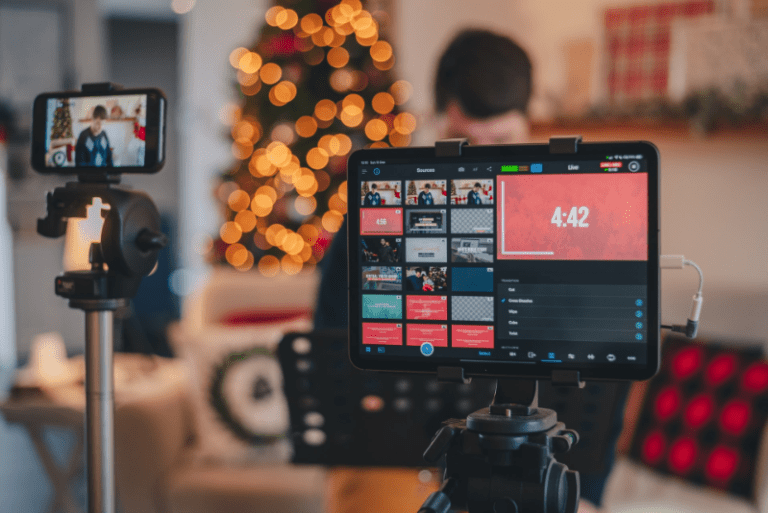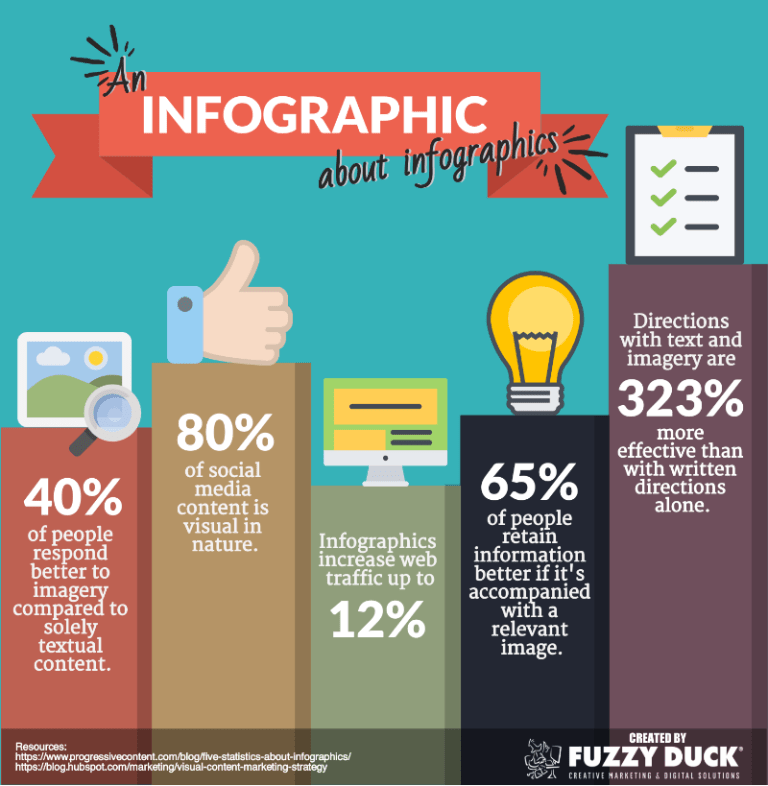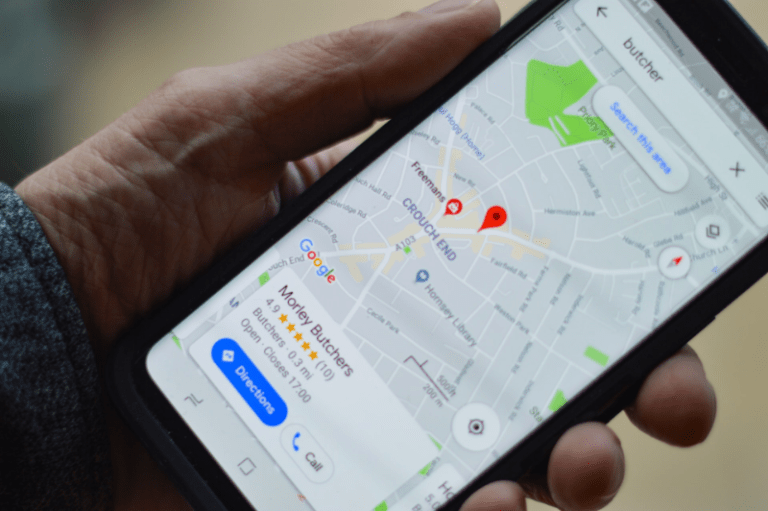Your success on social media ultimately depends on the quality of the content you post.
But small businesses face many challenges when trying to produce high-quality, first-rate social media content — it’s time-consuming, competitive, and should add value to your customer experience.
To overcome these obstacles, content marketing strategies usually include a variety of content types.
Let’s take a look at 12 different types of social media content you can use to make your brand stand out and appeal to your target audience.
1. Images
 a previous post, MIT neuroscientists determined that the brain can identify images seen for as little as 13 milliseconds. Images go directly into our long-term memory, while text does not, meaning that visual content is more easily absorbed and understood than articles and long-form blog posts. Smartphone cameras can take amazing pictures, and apps enable you to quickly edit, filter, and more.
a previous post, MIT neuroscientists determined that the brain can identify images seen for as little as 13 milliseconds. Images go directly into our long-term memory, while text does not, meaning that visual content is more easily absorbed and understood than articles and long-form blog posts. Smartphone cameras can take amazing pictures, and apps enable you to quickly edit, filter, and more.
Drawbacks: Image-focused platforms such as Instagram are crowded. A professional camera and editing software are required if you desire quality beyond what a smartphone can do.
How to generate: Images and pictures are the easiest type of content to create — just grab your smartphone or camera and take a photo.
Platforms to use: Images work on all platforms, but Pinterest and Instagram are the most popular. Alternative options include Snapchat, Twitter, LinkedIn, and Facebook. In addition, blog posts with images can increase engagement and clicks.
Some tips to help you post images on social media:
Get stunning art for your social media posts. Stock photo sites like Unsplash, Pexels, and Pixabay offer amazing images that are often free.
Don’t use too many words in your images. Facebook considers this when it approves ads.
Take more photos that have faces in them. They can help humanize your brand.
2. Blog posts, articles, and guides
 3. Videos
3. Videos
It’s now easier than ever to record with your smartphone camera, and Facebook’s algorithm prioritizes video. And — as livestreaming has become mainstream — consumers have changed their expectations of social video, so videos with rough edges may feel more native on social media platforms.
Benefits: Capturing videos is simple and easy, and they are more engaging than photos. Video tours, product updates, demonstrations, how-to guides, and video tours all make excellent video content, which can drive traffic to your site and increase sales.
Drawbacks: While it’s easy to create quick videos, production costs can rise if you need a higher level of quality.
How to generate: Video production can be challenging. You will need special skills and equipment depending on the production values you require.
Platforms to use: YouTube is the best video content platform, but you can also use videos on Facebook to significant effect. For shorter videos, Instagram is your friend.
4. Video Stories
Benefits: Stories are short videos and images that last only 24 hours before disappearing from social media sites. They are available on Instagram, Facebook, and Snapchat. You can use them to keep your audience informed about announcements, events, and offers or give them a peek behind the scenes of your business. There are so many possibilities!
Drawbacks: While fear of missing out can be an effective motivator, their short life expectancy could mean that some users may not want to engage with them.
How to generate: Each social media app has functionality that enables you to create video stories. High-quality production values are not necessary for these, so it’s easy to make them.
Platforms to use: Instagram, Facebook, and Snapchat have made these wildly popular, and they remain the best platform options.
5. Livestreaming
 6. Infographics
6. Infographics
 Fuzzy Duck
Fuzzy Duck
Benefitss: Infographics are visuals that support explanations, statistics, and other information-based concepts. They are particularly effective at communicating complex ideas.
Drawbacks: Infographics require graphics and copy, so you might need a cross-functional team to create them. You also need to research the topic and be creative with the text you use.
How to generate: To begin creating your infographic, you will need an outline. After your outline is complete, your graphic designer and writer can make the individual pieces and put them together.
Platforms to use: Pinterest, LinkedIn, and Facebook are excellent options. Twitter works as well.
7. Reviews and testimonials
 8. eBooks
8. eBooks
Benefits: An eBook is longer and more detailed than blog posts, enabling you to demonstrate your expertise. An eBook is far more time-consuming to produce than blogs posts, so there’s less competition.
Drawbacks: Not everybody wants to read an entire eBook. It also takes a lot of time to create and find content that appeals to your target audience. They can be a great way to generate leads, but people don’t always read them.
How to generate: An ebook is basically a collection of blog posts grouped in chapters within the same category. It’s vital to select your best content or hire an experienced writer who has a background in creating eBooks.
Platforms to use: LinkedIn users leverage the platform to connect with colleagues and gain knowledge about their jobs or other interests, making it an ideal network to share your eBook. Twitter and Facebook are secondary options.
9. Announcements
Benefits: Publicizing new products, events, and livestreams can build buzz and inform people about your business. Audiences love to get insider information about their favorite brands and stores.
Drawbacks: Determine how much time it will take to build awareness — you might lose traction if you launch the announcement too soon.
How to produce: It is often better to slowly release information. Consider announcements as a series of teases that lead up to the big news.
Platforms to use: You can make announcements on Facebook, Instagram, Pinterest, and Twitter, natively or via your social media management app.
10. Contests
 11. Links to external relevant content
11. Links to external relevant content
Benefits: You can link to other relevant articles, resources, and websites from trusted sources if you are short on time or your content producer is behind.
Drawbacks: Linking to content you don’t own is essentially introducing your audience to another business’s customer experience — and they may find that content to be more helpful than yours. In addition, while content curation can be a great digital marketing strategy for social networks, it can also be very time-consuming. You should check your social analytics regularly to ensure that your curated content is engaging and compelling and does not hinder your content creation process.
How to generate: Search for blogs that use keywords similar to yours. You should read each post and browse the site(s) whose content you want to share to ensure that you don’t share any articles that might negatively reflect your brand narrative.
Platforms to use: LinkedIn, Facebook, and Twitter are great marketing tools to promote written content, even if you only want to share links. Twitter is another option.
12. Holidays
 content marketing initiatives.
content marketing initiatives.
Drawbacks: There are only so many holidays, and leveraging major ones like Christmas is very popular with brands, so you’ll have a lot of competition.
How to generate: Consider how you can use the holiday to enhance your content. Answer the questions your audience has around the time of the holiday with helpful content.
Platforms to use: Every social media network is happy to host a little holiday cheer.
It’s time to reinforce your brand message with top social media content types
You can make your brand stand out, save time, and improve customer experience by taking advantage of the features offered by each social media platform.
Be open to new ideas and experimentation. You’ll discover what content resonates with your audience over time. But, of course, you won’t know what works until you actually try it!
Digital & Social Articles on Business 2 Community
(54)
Report Post





